Bitte die deutschen Untertitel aktivieren.

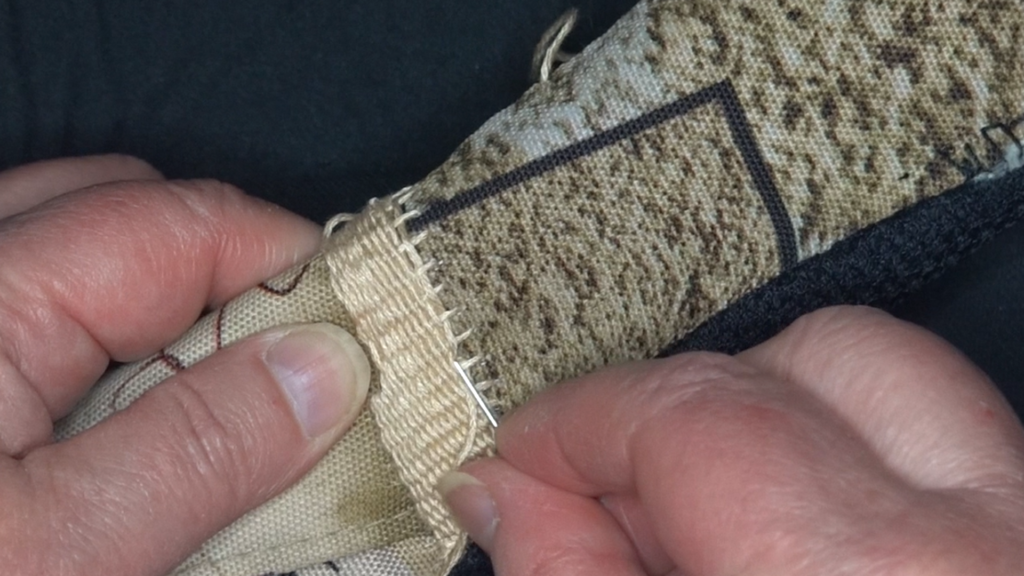
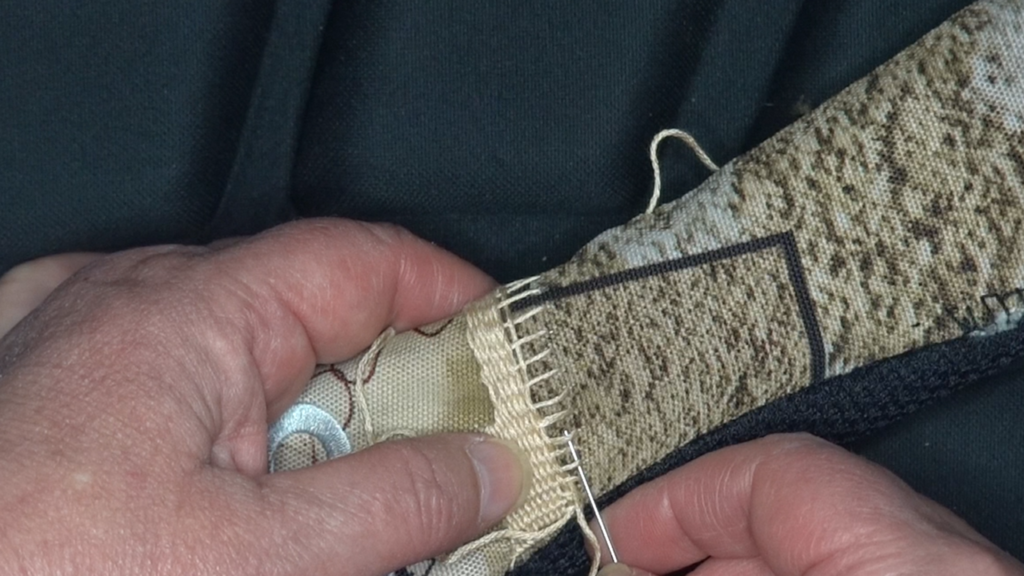
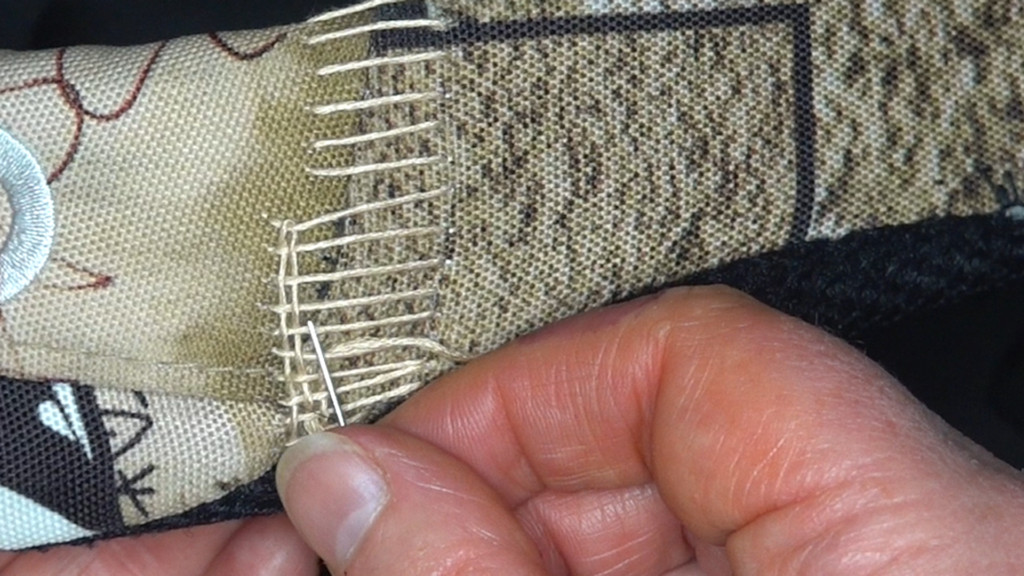
Bitte die deutschen Untertitel aktivieren.





When something is available only digitally and not printed on paper, it is already lost.
Me 😀
I participated in many projects over truly MANY years. And bit by bit these projects vanished in the dark. So make sure one thing: that you have a paper copy. Publish digitally, but ALWAYS keep a paper copy.
This is the moment that one of the projects of my past, OmegaWiki, is not there anymore, and it is not going to be up again. What remains is my handwritten list of terminology for the Main Franconian language (ISO 639-6: vmf).
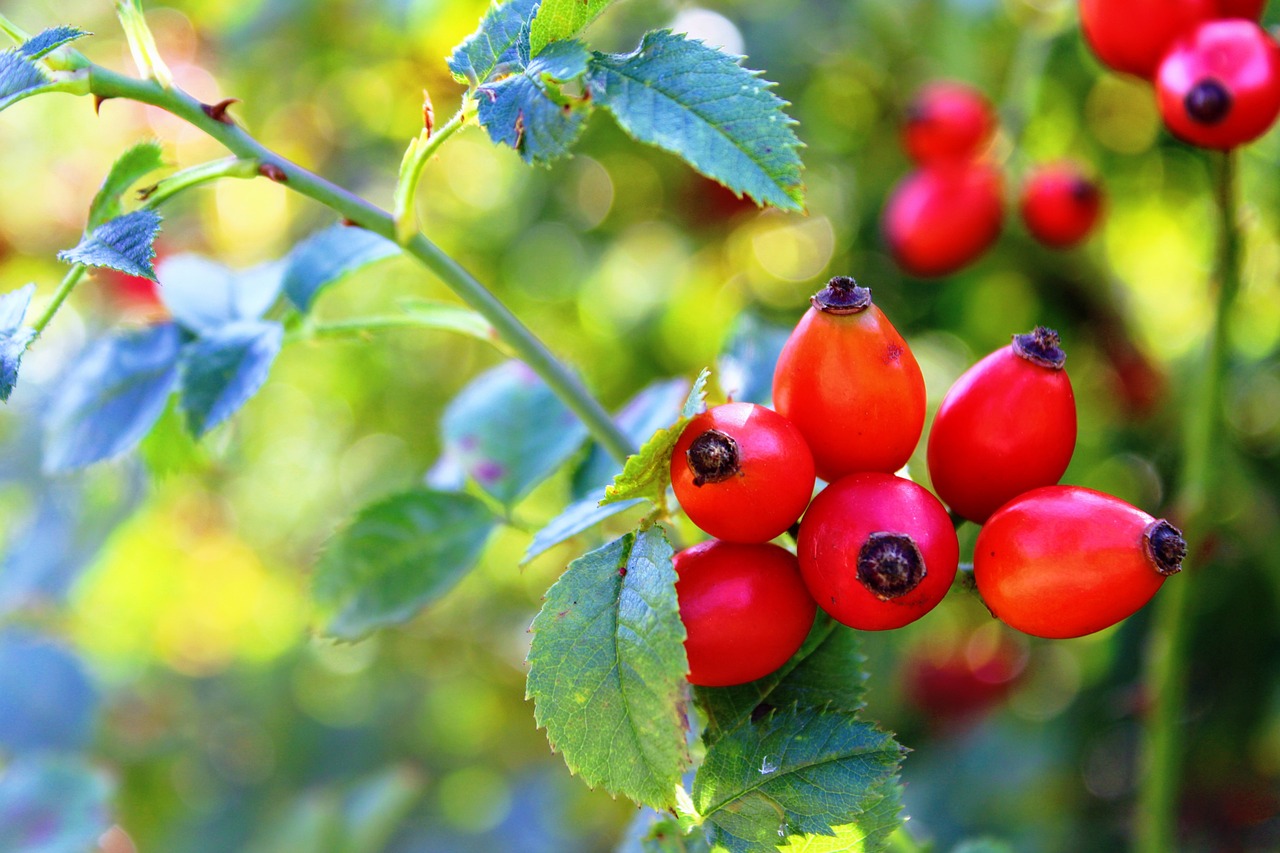
Die Hagebutten werden sorgfältigst gereinigt, von allen Kernen und Fasern befreit und dann in einem Topf 3 Tage an einen recht warmen Ort gestellt, während welcher Zeit man dieselben zu wiederholten Malen mit einem silbernen Löffel tüchtig durchrührt und durcharbeitet. Hierauf treibt man die Hagebutten durch einen engen Durchschlag und vermengt das Mark nach Belieben mit fein zerriebener Zitronenschale. Im Allgemeinen wird auf 1/2 Kilo Brei die Schale einer halben bis ganzen Zitrone genügen. Sodann läutere man auch ebensoviel Zucker, als Mark vorhanden ist, schäume ihn gut ab, koche ihn zum Faden, gieße ihn kochend auf das Mark und rühre alles, ohne es aufs Feuer zu bringen, mindestens eine Stunde lang gut um.
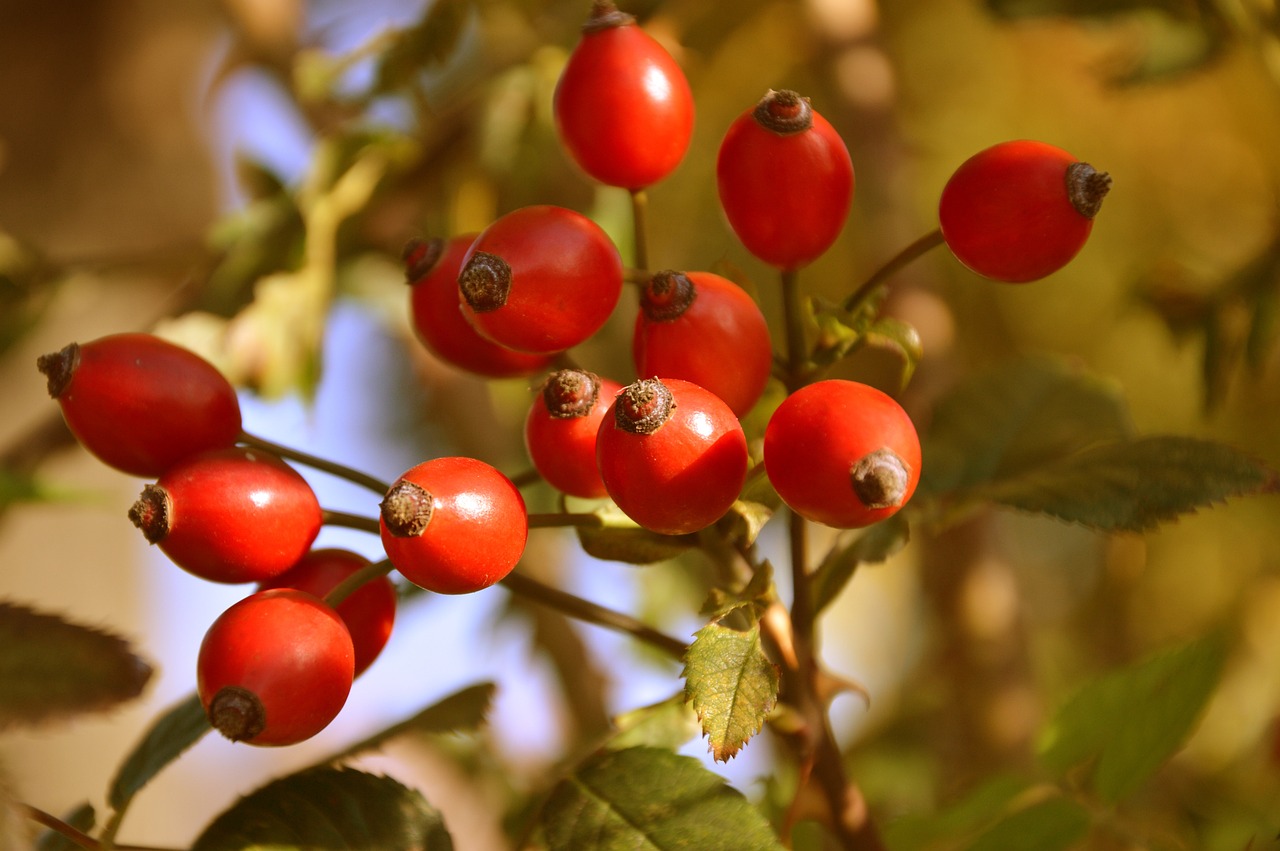
The rose hips must be nice and ripe, but still firm. They are dried and then cleaned with a cloth, a slice is cut off at the top where the flower was, and the rose hips are then freed from all seeds using a small, appropriately sized piece of wood. For 1 pound of fruit, you cook 1 pound of sugar in 200 grams of white wine vinegar, skim it well, cook the fruit until soft, remove them with a slotted spoon, place them in jars, cook the juice into a thin syrup, and then pour it lukewarm over the fruit.
(David Brocke, Ducal Cook in Ballenstedt – The Preserving and Canning of Fruits and Vegetables)
Image by Peggychoucair from Pixabay

Die Hagebutten müssen schön reif, aber noch hart sein. Man trocknet und reibt dieselben sauber mit einem Tuch ab, schneidet oben an der Blüte eine Scheibe ab und befreit die Hagebutten mittels eines kleinen dazu passenden Hölzchens von allen Kernen. Auf 1 Pfund Früchte kocht man nun 1 Pfund Zucker in 200 g Weinessig auf, schäumt ihn gut ab, kocht die Früchte darin weich, nimmt dieselben mit dem Schaumlöffel heraus, legt sie in Gläser, kocht den Saft zu einem dünnen Sirup und gießt ihn alsdann lauwarm über die Früchte.
(David Brocke Herzogl. Koch in Ballenstedt – Das Einmachen und Konservieren der Früchte und Gemüse)
Image by Peggychoucair from Pixabay
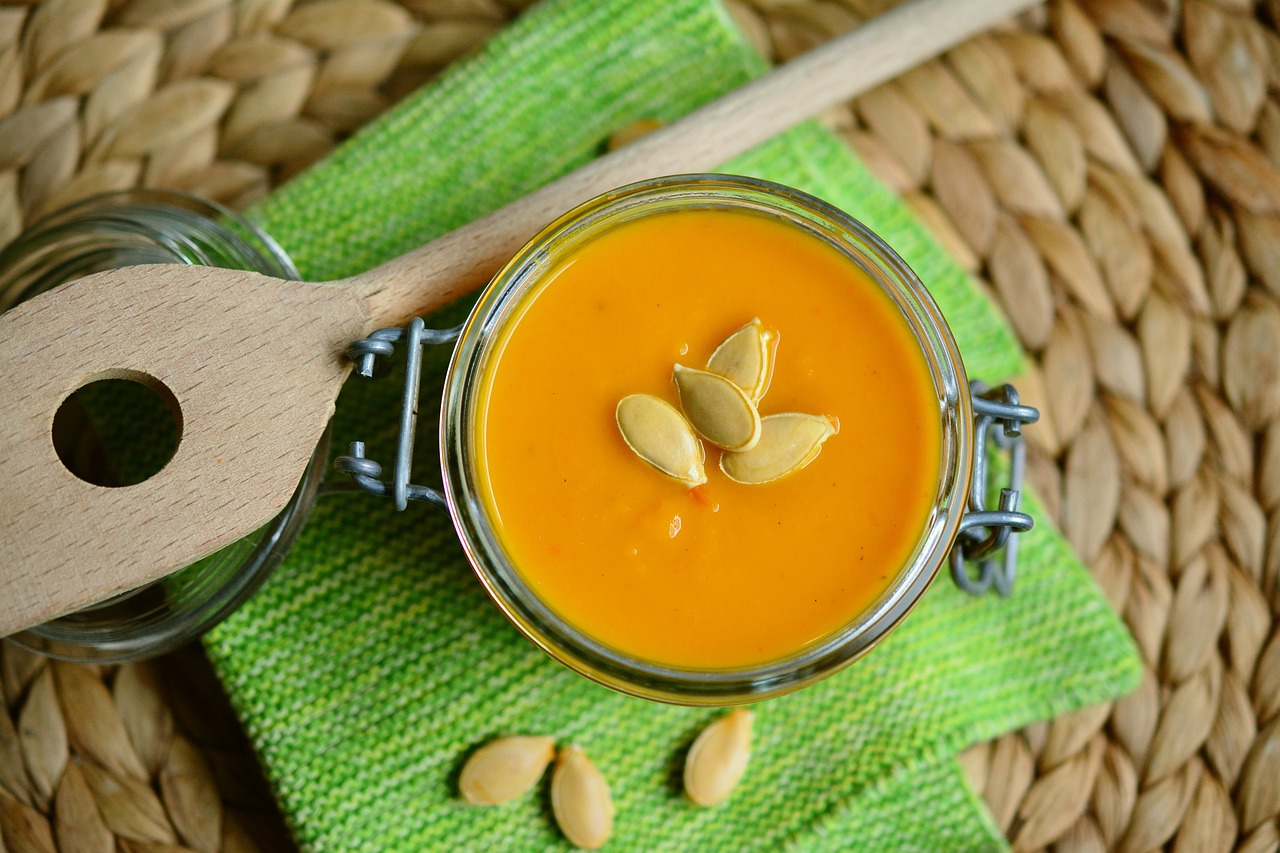
Frage in einer Telegram-Rezeptegruppe: Hat jemand ein leckeres Kürbissuppen Rezept?
Hier meine Antwort dazu:
Zwiebel in Butter anbraten, Kürbisstückchen dazu und auch anbraten lassen, dann Wasser dazu und weich kochen. Wenn Du magst, etwas mehlige Kartoffeln gleichzeitig mit dem Wasser dazu und auch weich kochen lassen. Pürieren, dann Sahne dazu. Pfeffer, Salz, Petersilie. Man kann auch Salz zum Teil durch Gemüsebrühe ersetzen. Die Mengen hängen vom Kürbis ab. Wenn Du einen sehr großen Kürbis hast, bei dem nicht alles gegessen wird: ohne Sahne einkochen, das gibt ein schnelles Essen. Wir tun ab und zu noch Schnittlauch dazu oder etwas Knoblauch mit anbraten. Manchmal wird Speck mit angebraten. Das ist nicht immer gleich.
Image by congerdesign from Pixabay
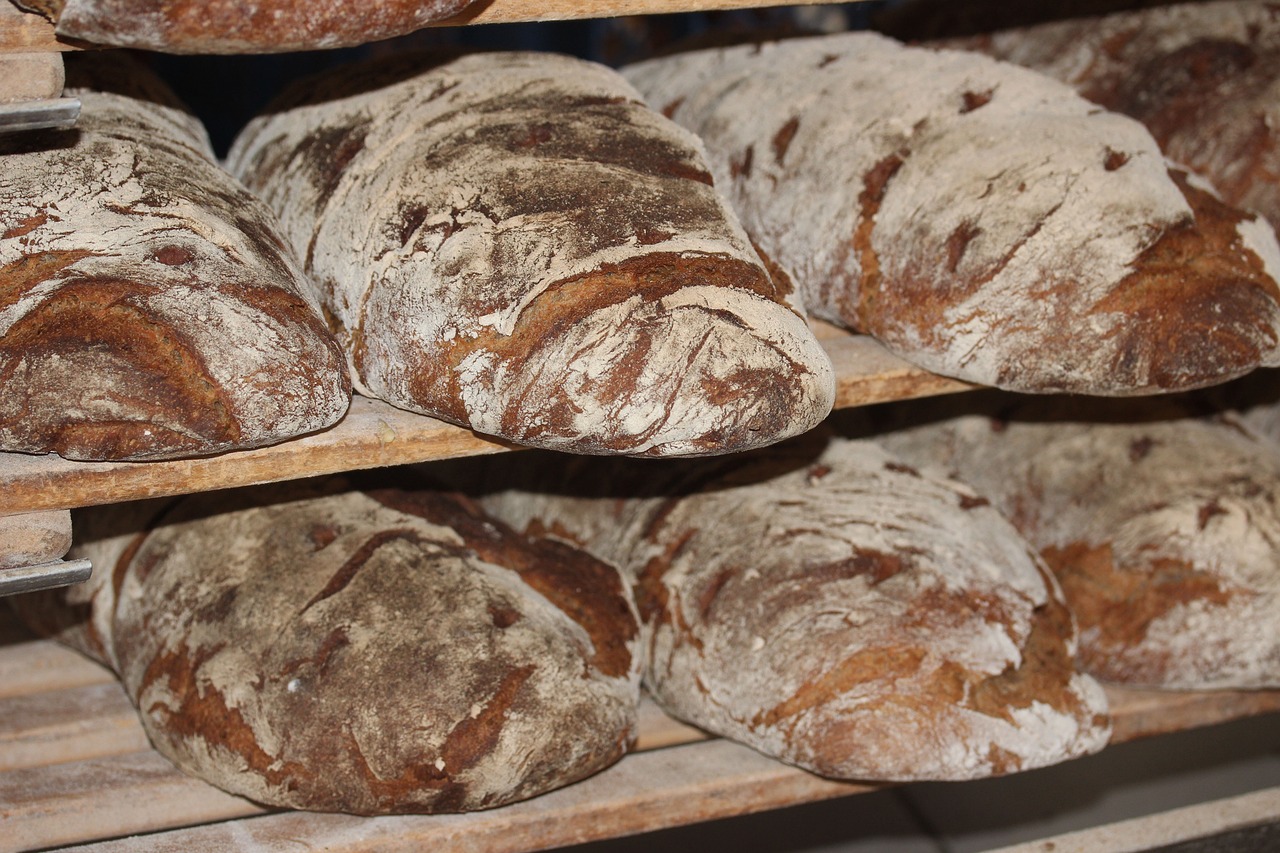
Früher wurde das gemacht:
Herr Strandberg bedient sich dazu frischer, nicht schwammiger Kohlrüben, die gewaschen, gereinigt, geschält, hierauf mit wenigem Wasser gekocht, dann aber zu Muß zerstampft werden. Nun werden gleiche Teile dieses Rübenmußes und Roggen, Gerste oder Hafermehl mit siedend heißem Wasser wohl untereinander geknetet, der Teig mit einem Zusatz von Sauerteig in Gärung gesetzt, zum Aufgehen gebracht, hierauf aber mit etwas Mehl angeknetet und in dem Ofen ausgebacken. Dieses Brot soll angenehm von Geschmack sein und ohne Verderbnis sich ein volles Jahr lang aufbewahren lassen.
Aus: Die Ausbeute der Natur, oder praktische Anweisung, die Naturkräfte aufs Leben anzuwenden zum reichsten Segen für Jedermann, ganz besonders in Zeiten der Noth (1854)
Zusatz:
Es kam die Nachfrage, was es denn für Rüben wären. Zu jener Zeit wurden Steckrüben und Futterrüben als ganz normale Lebensmittel betrachtet. Es dürfte sich höchstwahrscheinlich um diese handeln.
Image by Ina Lübeck-Hertel from Pixabay

Did you ever try millet instead of rice? It is a whole grain and lasts much longer. Polished rice is pure carbs and creates sugar spikes in the blood which leads to loads of insulin to be created which leads to a sharp fall of blood sugars and that leads to hunger. So you need types of carbohydrates that need longer to be digested. Millet, amaranth, quinoa, chia seeds (this one has loads of protein and fewer carbs, which is even better). Look for fewer carbohydrates and more protein in food. Our body deals well with proteins, but has problems with too many carbohydrates (due to sugar spikes). Modern wheat is heavily changed. Take a look at spelt, einkorn and other old grain varieties. These keep you full for a longer time.
Let me add fenugreek to this list 🙂